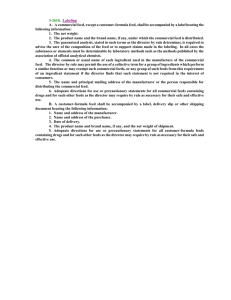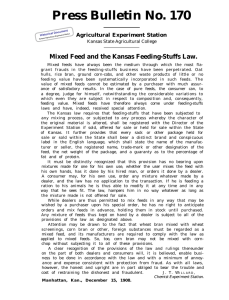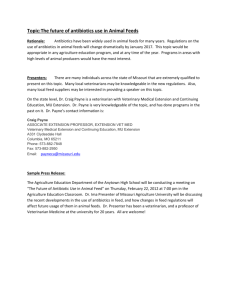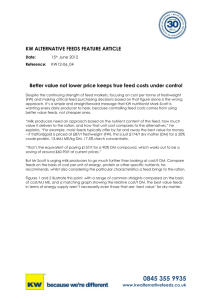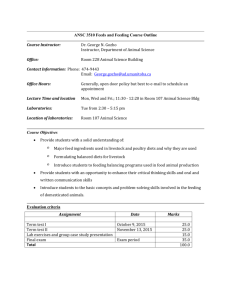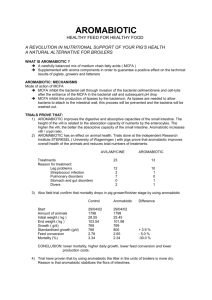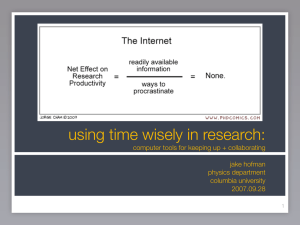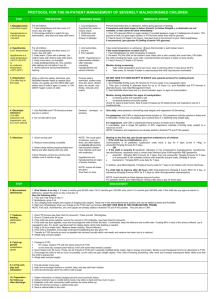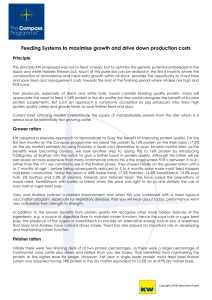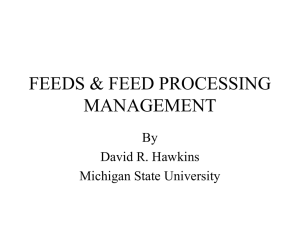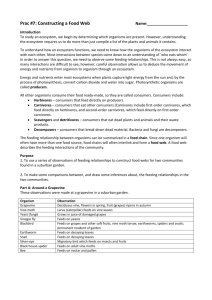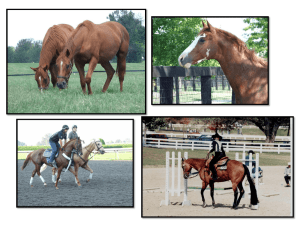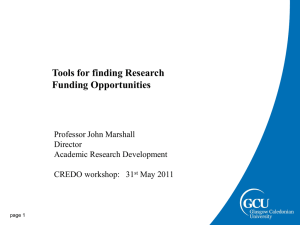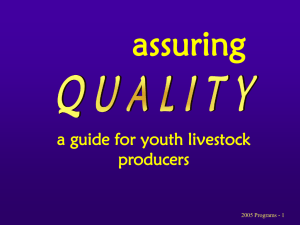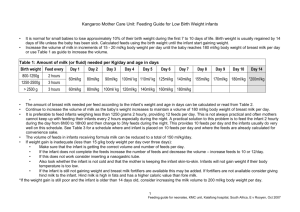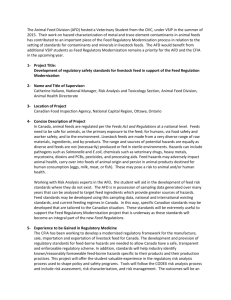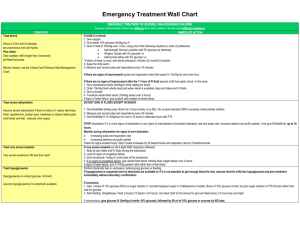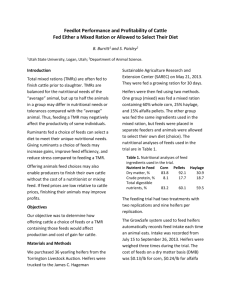A Location- and Diversity-aware News Feed System for Mobile Users
advertisement
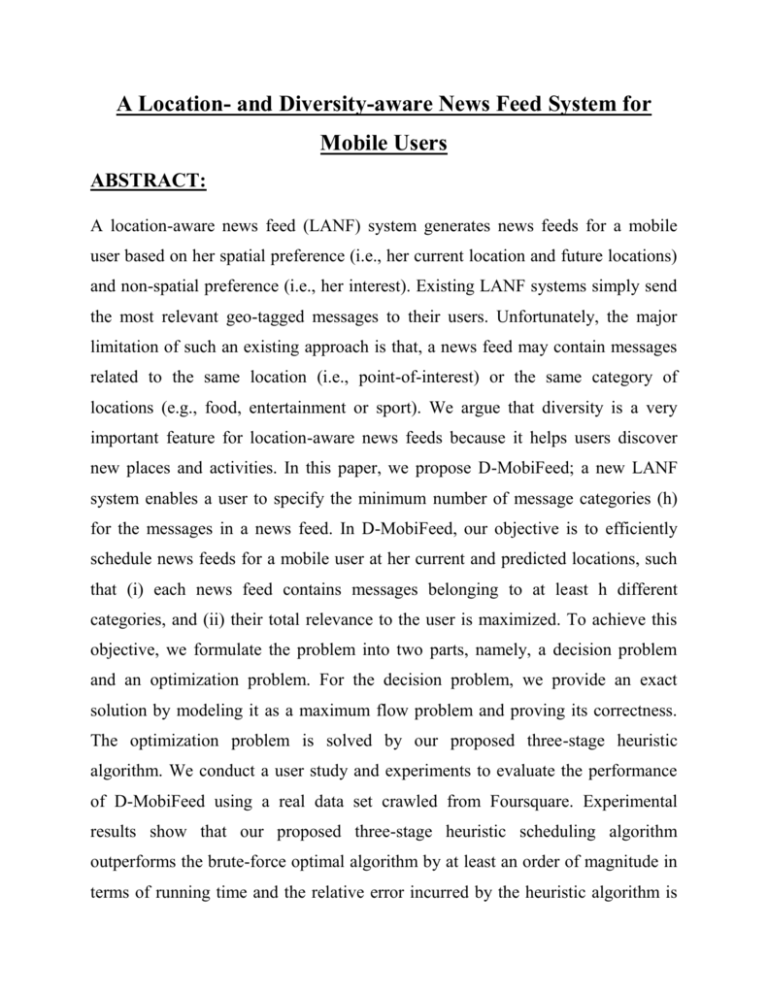
A Location- and Diversity-aware News Feed System for Mobile Users ABSTRACT: A location-aware news feed (LANF) system generates news feeds for a mobile user based on her spatial preference (i.e., her current location and future locations) and non-spatial preference (i.e., her interest). Existing LANF systems simply send the most relevant geo-tagged messages to their users. Unfortunately, the major limitation of such an existing approach is that, a news feed may contain messages related to the same location (i.e., point-of-interest) or the same category of locations (e.g., food, entertainment or sport). We argue that diversity is a very important feature for location-aware news feeds because it helps users discover new places and activities. In this paper, we propose D-MobiFeed; a new LANF system enables a user to specify the minimum number of message categories (h) for the messages in a news feed. In D-MobiFeed, our objective is to efficiently schedule news feeds for a mobile user at her current and predicted locations, such that (i) each news feed contains messages belonging to at least h different categories, and (ii) their total relevance to the user is maximized. To achieve this objective, we formulate the problem into two parts, namely, a decision problem and an optimization problem. For the decision problem, we provide an exact solution by modeling it as a maximum flow problem and proving its correctness. The optimization problem is solved by our proposed three-stage heuristic algorithm. We conduct a user study and experiments to evaluate the performance of D-MobiFeed using a real data set crawled from Foursquare. Experimental results show that our proposed three-stage heuristic scheduling algorithm outperforms the brute-force optimal algorithm by at least an order of magnitude in terms of running time and the relative error incurred by the heuristic algorithm is below 1%. D-MobiFeed with the location prediction method effectively improves the relevance, diversity, and efficiency of news feeds. EXISTING SYSTEM: Existing LANF systems simply send the most relevant geo-tagged messages to their users. Unfortunately, the major limitation of such an existing approach is that, news feed may contain messages related to the same location (i.e., point-of-interest) or the same category of locations (e.g., food, entertainment or sport). Existing diversification problems focus on retrieving an individual list of items with a certain level of diversity. DISADVANTAGES OF EXISTING SYSTEM: Unfortunately, relevance alone is unable to capture the broader aspects of user satisfaction. Although users expect to receive messages that are highly relevant to their interests, they may prefer a location-aware news feed with a certain level of diversity PROPOSED SYSTEM: This work considers a mobile environment that makes our location- and diversity-aware news feed system unique and more challenging. With the geographical distance between a message and a mobile user in a relevance measure model, the relevance of a message to a mobile user is changing as the user is moving. Such a dynamic environment gives us an opportunity to employ location prediction technique to improve the quality of news feeds and the system efficiency. With our location prediction techniques, we aim at improving the quality of news feeds by scheduling multiple location- and diversity-aware news feeds for mobile users simultaneously. Experimental results show that, when k = 5, over 75% news feeds contain messages belonging to one category and about 20% of news feeds are related to two categories. We argue that diversity is a very important feature for location-aware news feeds because it helps users discover new places and activities. ADVANTAGES OF PROPOSED SYSTEM: User Satisfaction is improved with the help of topic diversification. This helps users discover new places and activities. Total Location Relevance to the user is maximised. SYSTEM ARCHITECTURE: SYSTEM SPECIFICATION Hardware Requirements: • System : Pentium IV 3.5 GHz. • Hard Disk : 40 GB. • Monitor : 14’ Colour Monitor. • Mouse : Optical Mouse. • Ram : 1 GB. Software Requirements: • Operating system : Windows XP or Windows 7, Windows 8. • Coding Language : Android,J2EE(Jsp,Servlet,Java Bean) • Data Base : My Sql / MS Access. • Documentation : MS Office • IDE • Development Kit : Eclipse Juno : JDK 1.6
